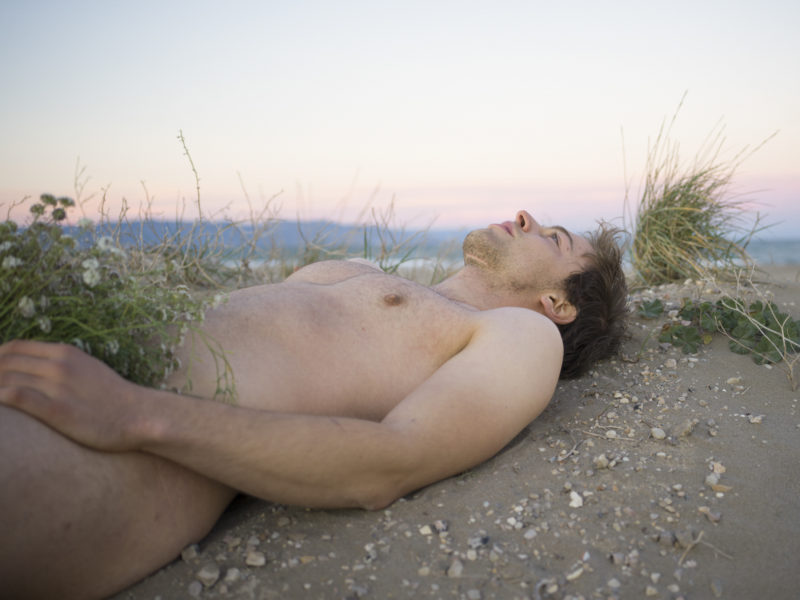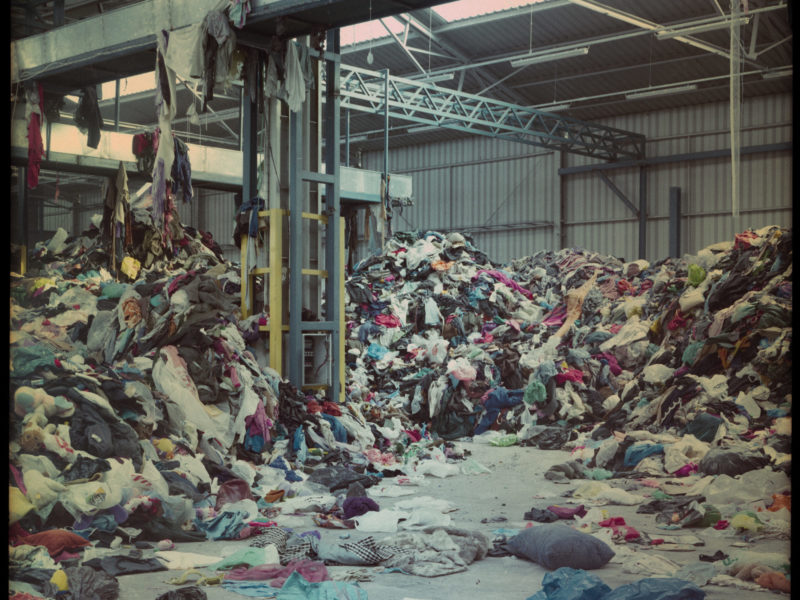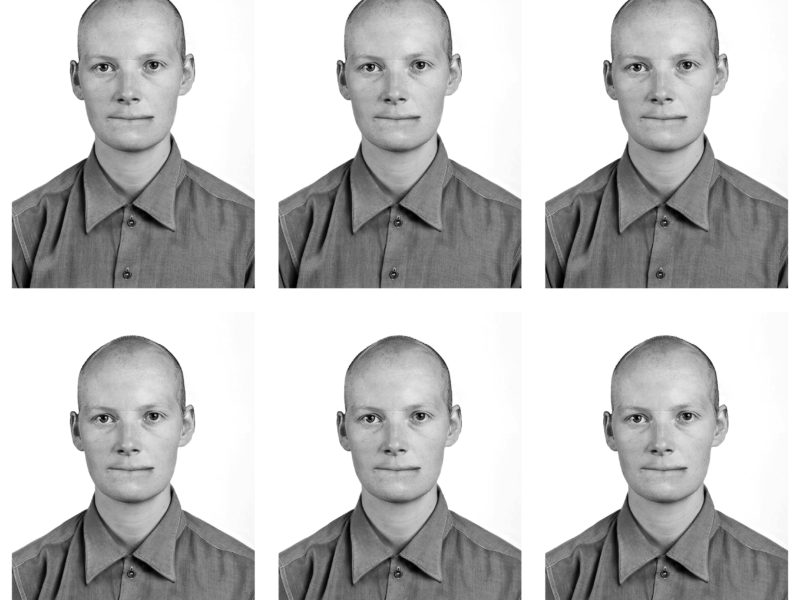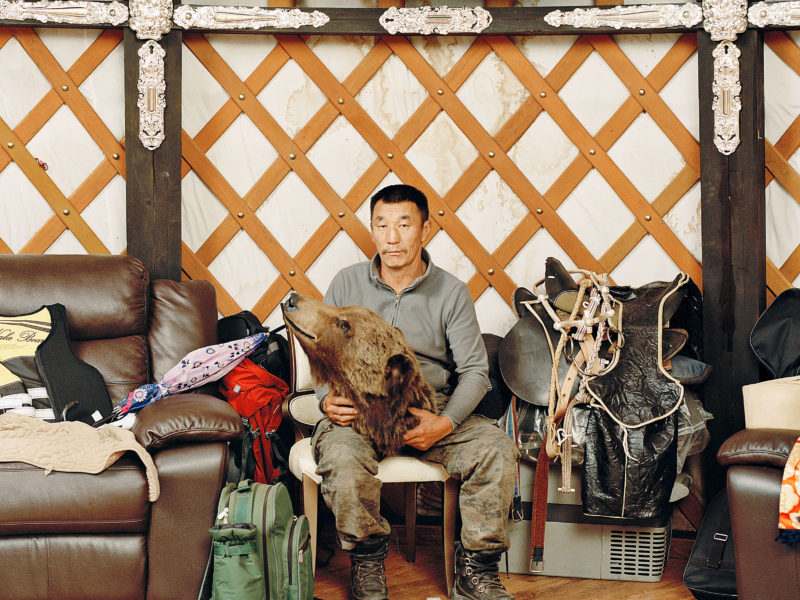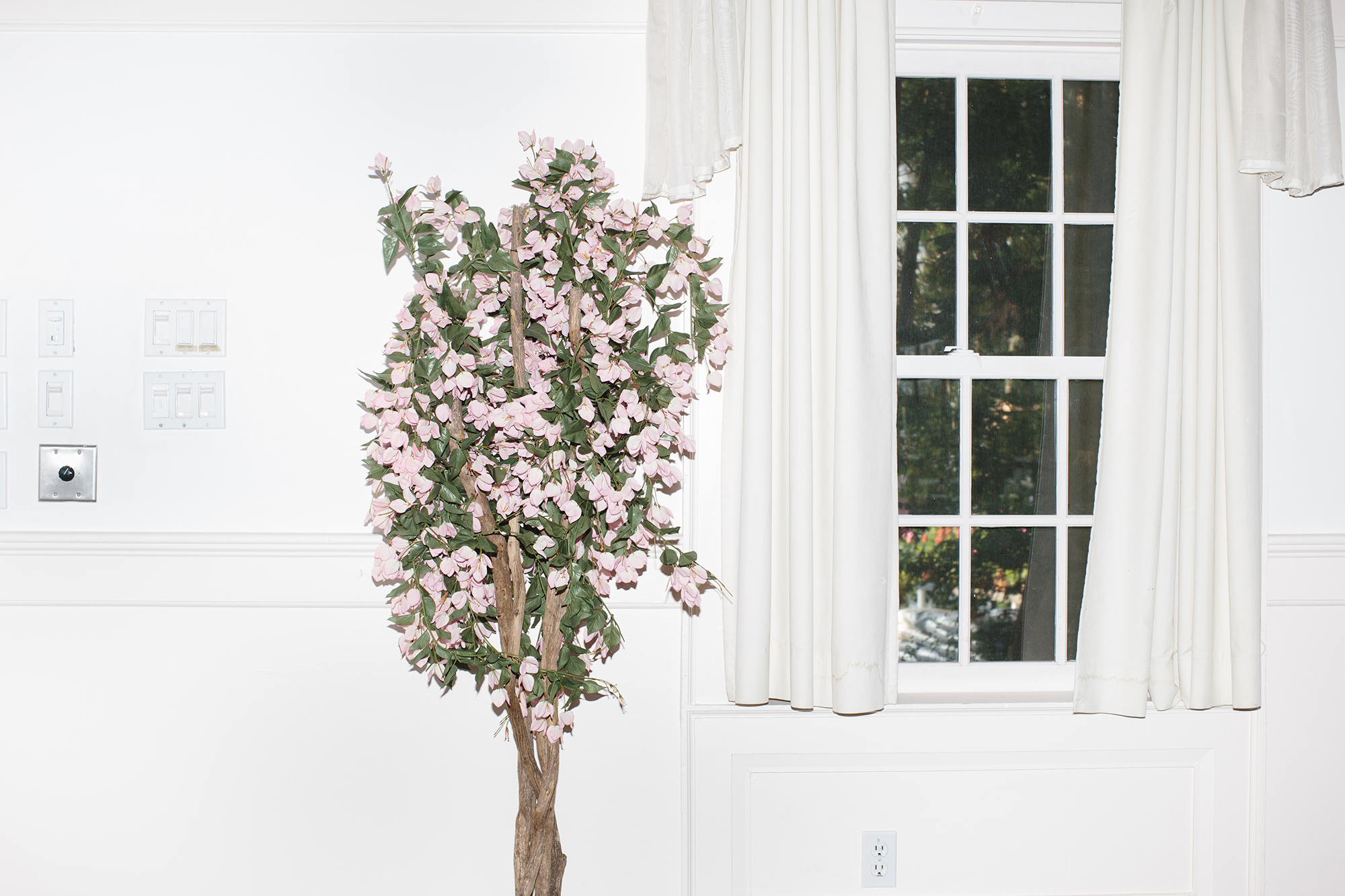
M. Scott Brauer

As I stood in this room watching a politician politick, I was struck by the contrast between the heroic image he was trying to project and the utter ordinariness of everything surrounding him.
This photo doesn’t look like much, but it’s the photo that started a two-year-long project documenting the US presidential election all over the US (both as a personal project and through assignments and commissions in New Hampshire, New York, Florida, Nebraska, California, Ohio, Pennsylvania and elsewhere). The project ended up on magazines and newspapers in the US, Europe, Canada, and Asia. It was shown in galleries in Bulgaria, Brazil, Germany, Croatia, Lithuania, the US, and Canada. And it all started with this picture.
Wnat you can’t see in this picture is that about 20 feet to the right, Republican presidential candidate and former Louisiana governor Bobby Jindal is talking to a small and bored audience in this back room of a restaurant in Rochester, New Hampshire. The event was the first I photographed as part of my election coverage, and I couldn’t believe how small and unimpressive this event with a major political figure actually was.
As I started covering the election, I knew I wanted to show something different than what the news media usually shows of presidential politics. You usually see the candidates in patriotic scenes on beautifully lit stages surrounded by flags and adoring fans. But the reality of those spectacles is that just outside the television camera’s frame, where the stage lights don’t quite reach, these events often happen in run-down function halls with peeling paint, ugly fake plants, and bored audiences with nothing better to do.
As I stood in this room watching a politician politick, I was struck by the contrast between the heroic image he was trying to project and the utter ordinariness of everything surrounding him. The haphazard curtains, the dirty light switches, and the fake flowers seemed both completely out of place and exactly the right surroundings for a candidate trying to sell himself to an audience that could barely stay awake.
This picture doesn’t work for the project, which I called „This is the worst party I’ve ever been to” Without context, it’s too hard for viewers to connect what they see to the the story I was trying to tell about the election. But for me, it’s everything.
M. Scott Brauer is an American freelance photographer based in Boston, Massachusetts. He regularly works on assignment for international newspapers and magazines including the New York Times, Stern, the Wall Street Journal, the Chronicle of Higher Education, Bloomberg Businessweek, MIT Technology Review, Le Monde, and others, on stories ranging from politics, business, and science and technology to opiate addiction, mental health, and economic issues. He writes for World Press Photo Witness and is the co-founder of the now-defunct photojournalism blog dvafoto.com.
To zdjęcie może wygląda niepozornie, ale dało początek trwającemu dwa lata projektowi dokumentującemu wybory prezydenckie w całych Stanach Zjednoczonych (było częścią osobistego cyklu i komercyjnych zleceń w New Hampsire, Nowym Jorku, Florydzie, Nebrasce, Kaliforni, Ohio, Pensylwanii i w innych miejscach). Trafił go magazynów i gazet w Stanach Zjednoczonych, Europie, Kanadzie i Azji. Pokazano go w galeriach w Bułgarii, Brazylii, Niemczech, Chorwacji, na Litwie, w USA i Kanadzie. Wszystko się od niego zaczęło.
Na zdjęciu nie widać, że poza kadrem, około 20 stóp na prawo, republikański kandydat na prezydenta i były gubernator Luizjany, Bobby Jindal rozmawia z małą i znudzoną publicznością na zapleczu restauracji w Rochester w New Hampshire. To wydarzenie było pierwszym, które sfotografowałem w ramach mojego projektu wyborczego, i nie mogłem uwierzyć, jak małe i niezbyt imponujące było to spotkanie z istotną postacią polityczną.
Kiedy zacząłem przyglądać się wyborom, wiedziałem, że chcę uchwycić coś innego niż klasyczne sceny, które zazwyczaj pokazują ukazują media prezydenckie. Zwykle media kreują patriotyczne obrazy z kandydatami na pięknie oświetlonych scenach otoczonych flagami i wielbicielami. Ale rzeczywistość tych spektakli polega na tym, że tuż poza ramą kamery telewizyjnej, gdzie światła sceniczne nie do końca docierają, widać opuszczone halle z łuszczącą się farbą, brzydkimi, sztucznymi roślinami i znudzoną publicznością, która nie ma nic lepszego do roboty.
Kiedy stałem w tym pokoju obserwując ,,politycznego polityka”, uderzył mnie kontrast między bohaterskim obrazem, który próbował projektować, a całkowitą zwyczajnością wszystkiego, co go otaczało. Przypadkowe zasłony, brudne przełączniki światła i sztuczne kwiaty wydawały się kompletnie nie na miejscu i dokładnie w odpowiednim otoczeniu dla kandydata próbującego sprzedać się publiczności, która bardzo starała się nie zasnąć.
Zdjęcie nie pasuje do projektu, który nazwałem „To najgorsza impreza, na jakiej kiedykolwiek byłem”. Bez kontekstu widzom trudno jest połączyć to, co widzą z historią, którą próbowałem opowiedzieć o wyborach. Ale dla mnie to zdjęcie jest wszystkim.
M. Scott Brauer jest amerykańskim fotografem niezależnym mieszkającym w Bostonie, w stanie Massachusetts. Regularnie pracuje nad zleceniami dla międzynarodowych gazet i czasopism, w tym New York Times, Stern, Wall Street Journal, Chronicle of Higher Education, Bloomberg Businessweek, MIT Technology Review, Le Monde i innych. Zajmuje się tematami z zakresu polityki, biznesu, oraz nauki i technologii, uzależnień od narkotyków opioidowych, zdrowia psychicznego i problemów ekonomicznych. Pisze dla World Press Photo Witness i jest współzałożycielem nieistniejącego bloga zajmującego się fotoreportażem dvafoto.com.


